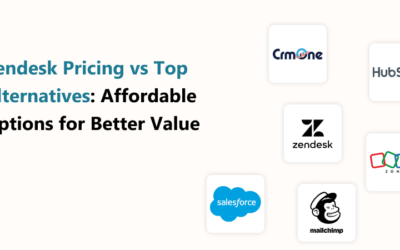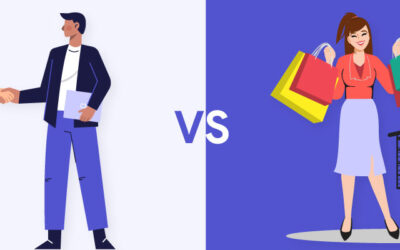What is Customer Lifecycle? Definition, Stages, and Management
A customer goes through many steps from the very first step of deciding to purchase to the end till a customer gets that product or service. Understanding a customer’s journey is important. To grow your business it is important to make a happy bond between customers and the brand. By understanding the customer lifecycle, it can help your company to maximize profit, and eventually, a customer will become an advocate for your company.
Understanding the customer’s journey from the customer’s point of view is the essence of the customer’s life cycle. It will help your business to learn how the customer navigates through the journey.
WHAT IS THE CUSTOMER LIFE CYCLE?
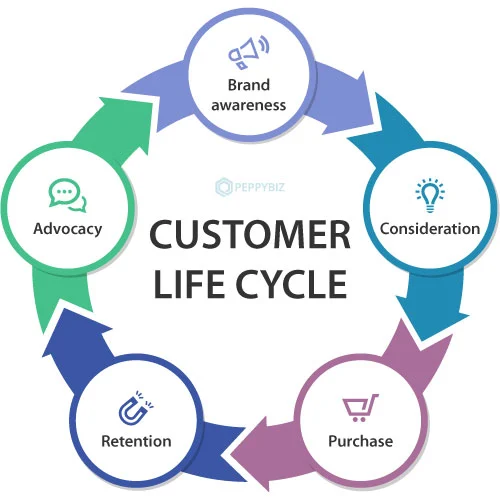
Customer lifecycle refers to the steps a consumer passes through on the path to becoming a loyal customer. A customer goes through various steps regarding product discovery, purchase, and loyalty to the brand. A consumer goes through various stages before, during, and after they complete a transaction is called a customer’s journey.
You have to put efforts to nurture customers throughout these stages that allow you to grow customer loyalty. It is good to document these stages in a customer journey mapping, a documentation presentation of the consumer’s touchpoints with your brand.
5 STAGES OF CUSTOMER LIFE CYCLE
Each company’s customer life cycle is different; still, there are some common stages that should be considered. There are five stages of the customer life cycle which are as follows: –
Brand Awareness
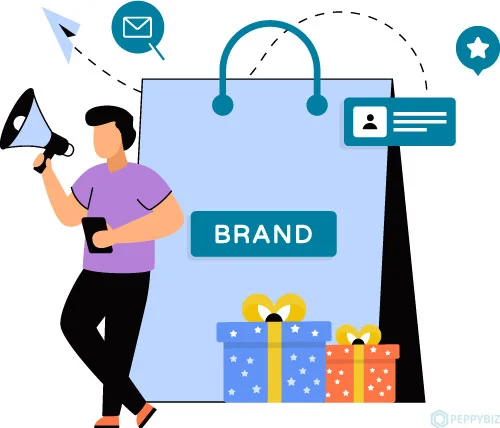
The very first stage of the customer life cycle is awareness. This is the stage where a customer first gets to know or be aware of any brand or company. This is the stage when your brand gets the attention of the audience. The customer is aware of the brand in many ways like search engines, ads, referrals, reviews, or word-of-mouth recommendations. It is the most important phase of the customer life cycle as customers want to know about your brand before engaging with it.
Consideration
In this stage, customers will start collecting information about your company and product. In the first stage customer just discover the brand. It’s the first interaction of the customer with the company after that the customer tries to gain knowledge about the brand. Customers will evaluate the value of your product and compare it with other competitors. Customers will also evaluate that the products and services meet their needs. They get all the information from various mediums like social media posts, reviews, blogs, etc. They combine all the information and re-evaluate that. It is the stage where you can get your potential lead. So it is important to use the right method or strategy to get more and more attention so you get your target.
Purchase
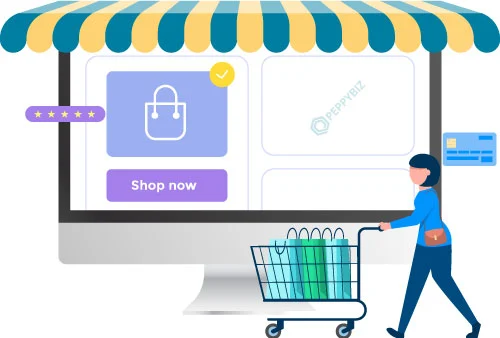
After gathering all the information and evaluating them the customer will decide to make the first purchase. This is the stage where you have to provide value and build a good relationship with the customer. You have to make their buying experience smooth. Even after the first purchase, you can ask for feedback that will make them feel valuable
Retention
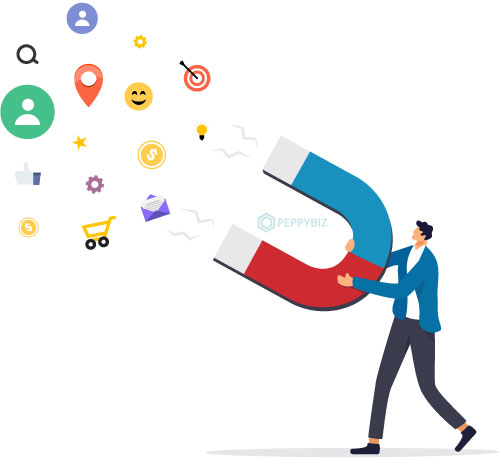
This is the stage where your company gets growth. Once a person purchases your product or service it becomes your customer but to convert it into a loyal customer is more valuable. It is good to send notifications and offers to the customer to maintain a great bond with your customer. It creates the chances for customers to come and purchase again. Satisfying customers’ needs and valuing their feedback will help in maintaining relationships. The trust of customers is valuable for customer retention.
Advocacy
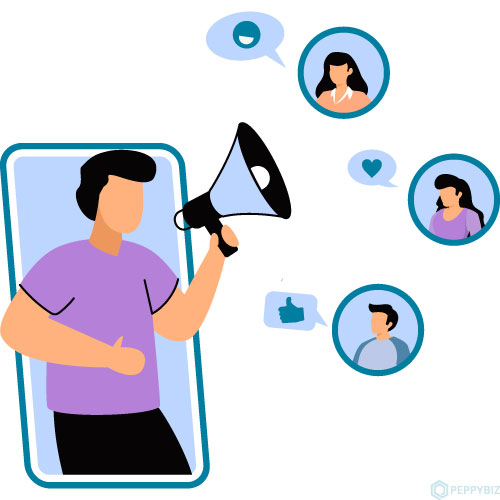
The main goal of the customer lifecycle is to turn an audience into a customer and then earn that customer as a ‘brand advocate’. A customer, with whom your company formed a strong positive bond, will recommend your name to others. This makes them loyal customers. To turn your customer into an advocate, provide those best services, send personalized messages, etc.
Management of Customer Lifecycle
It is important to effectively manage the customer lifecycle. Now after understanding the stages of the Customer lifecycle we will now discuss management of it.
These are the few tips for management of customer lifecycle: –
Firstly, understand your customer with data. Every customer is different, their needs are different. To provide their services according to their needs. The data will help you in that. Make your strategy according to these data.
Secondly, identify KPIs for each stage. KPIs (Key Performer Indicators) are the best way to understand if the business is on right track to meet the goals. Keep monitoring each stage of the customer lifecycle and identify KPIs as each stage has its own feature.
Lastly, all the data of customers is easily available for the marketing team of a company. Sharing the data with team members is also important, as preparing an easily accessible CRM software. CRM will help in getting an idea of what is going in favor and against them. CRM software is working as a diagnosis tool for marketing, sales, and customer support.
What Is Customer Lifecycle Value?
Customer Life Cycle value is the prediction of how much revenue a company will attain from any customer during the span of their relationship with the brand. As we are not aware of how long a customer will be with the company and how long he will stay. Customer Lifecycle Value (CLV) is important as it helps you determine how much money you have to spend to get new customers and how much you gain from the repeated customers. CLV helps you to evaluate the monetary worth of the customer.
There is a simple formula for estimating CLV is, multiply the profits earned per customer by the average number of years they will remain a customer. Then you can subtract this from the total acquisition costs. And from that, you have your customer lifecycle value. CLV will help you improve your spending for maximum value as opposed to focusing only on minimizing costs.
With the customer lifecycle, you will understand the journey of a customer. By understanding the stages of the customer lifecycle you can develop a better marketing strategy. Customer lifecycle can help your company to maximize the revenue potential for each customer who makes a purchase on your website. After a customer becomes a brand advocate, it will increase the brand value. Maintaining a constant relationship with customers will help you to gain into a loyal customer. It will also help you increase high conversion rates, create long-term relationships with your existing customers, and gain new ones.

